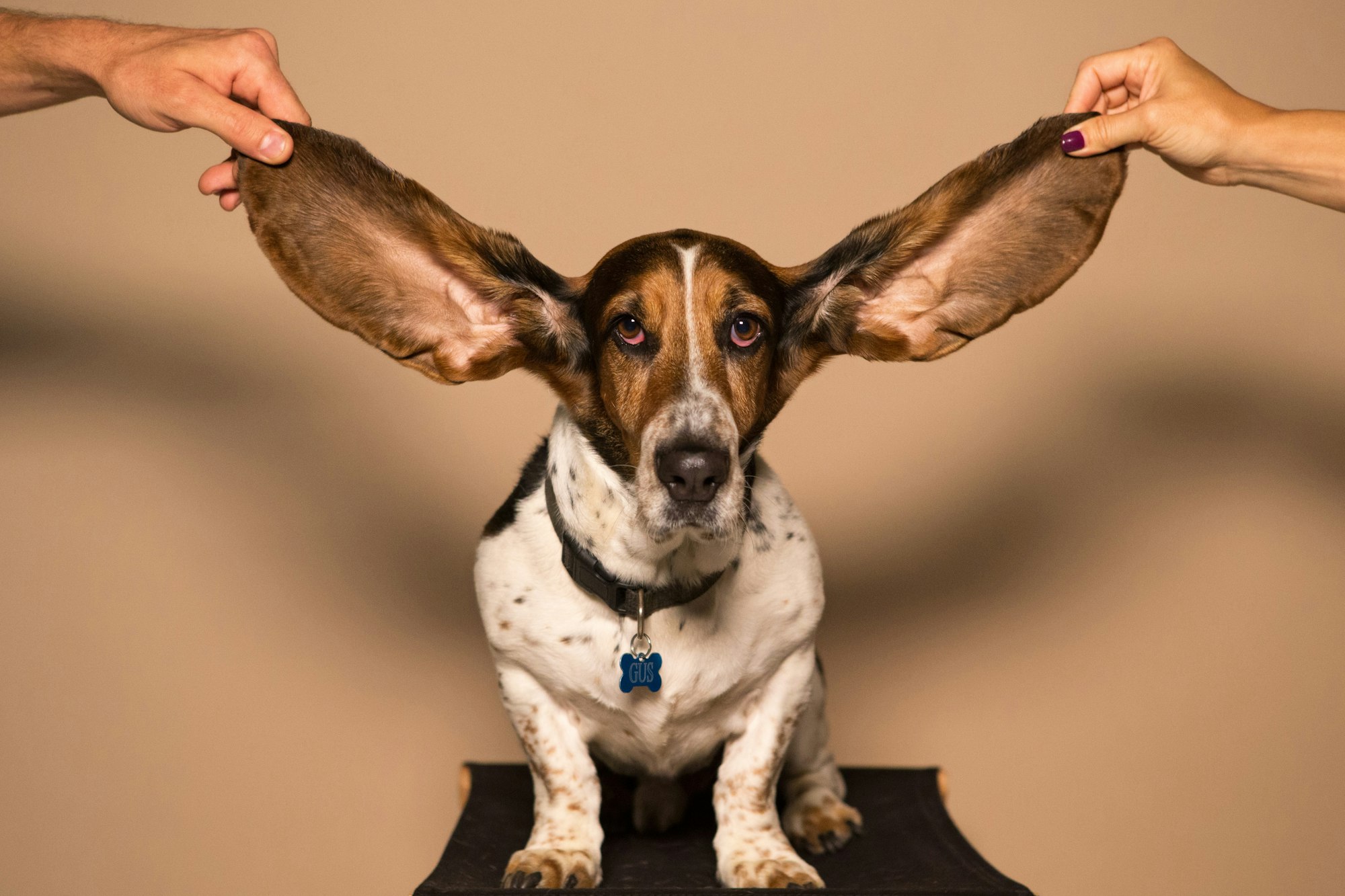The human body is one big ecosystem, and research surrounding the different biomes on the body is flourishing, potentially unlocking many secrets about human health.
The human body is swarming with microbes. It sounds gross, but many of these little creatures are beneficial for your health. In fact, there are more microorganisms on and inside the human body than there are actual body cells.
Bacteria are the most abundant microbes, but you also play host to viruses, fungi, and archaea (a type of single-celled organism). Using DNA sequencing technology, researchers have discovered a myriad of microbial communities all over the body, and inside it too.
Table of contents
- What is microbiome?
- The biomes on your body
- The microbes in your mouth
- The bacteria on your skin
- Inhabitants of the lungs
- Essential genital germs
- The ecosystem of the eyes
- The keepers of your tonsils
- The microbes in your middle ear
- The breast milk microbiome
- The bladder microbiome
- The bacteria in your nose
- The world in your belly button
So, if you thought you were a pillar of sterility, think again. Your gut is home to most of the microbes in your body, but your skin, mouth, lungs, and genitalia also harbour diverse populations. And as research continues into body biomes, it should reveal answers about how these microorganisms are promoting health or even disease.
What is microbiome?
The biggest and most famous microbiome is located in your colon, where trillions of microorganisms live in symbiosis with you. They break down dietary fibers, keep the gut environment healthy, and produce important nutrients like butyrate.
☝TIP☝ You can discover what bacteria are living in your gut and how they support your health with the Atlas Microbiome Test.
The biomes on your body
| belly button | bladder | breastmilk |
| ears | eyes | genitals |
| gut | lungs | mouth |
| nose | skin | tonsils |
The microbes in your mouth

Your mouth harbours plenty of microbes, some are good, but others could explain things like tooth decay. Since their discovery in 1929 by zoologist Charles Atwood Kofoid, scientists have been investigating how some mouth bacteria can cause inflammation and disease.
The main bacteria responsible for tooth decay is Streptococcus mutans, whereas Porphyromonas gingivalis causes gum disease. The best way to keep your mouth healthy is to adopt good dental hygiene.
Sometimes, mouth bacteria can travel elsewhere in the body, like the gut or the lungs. In particular, P. gingivalis is associated with a number of serious health conditions when it is found in the gut. Here are some diseases associated with gum disease and gut dysbiosis.
| atherosclerosis | Alzheimer’s disease |
| colorectal cancer | diabetes type II |
| gastrointestinal cancer | gastric cancer |
| non-alcoholic fatty liver disease | obesity |
| pancreatic cancer | rheumatoid arthritis |
☝TIP☝The best way to keep your mouth healthy is to brush your teeth regularly, stop smoking, and lay off sugary foods.
The bacteria on your skin
Interestingly, there is some research showing that strains of Staphylococcus epidermis may help protect against skin cancer. It has also been shown that bacteria associated with healthy skin may produce antimicrobial compounds to prevent the growth of other species, but bacteria linked to acne do not.
The lung microbiome
Once thought of as a sterile environment, it was recently revealed that your lungs have their own small microbiome. Researchers have also found that people with respiratory diseases, like COPD and cystic fibrosis, have less microbial diversity in their lungs than healthy people.
However, the lung microbiome is much smaller than your gut microbiome because the lungs don’t have the same type of lining for bacteria to adhere to. Rather, your lungs are coated in a surfactant that’s designed to facilitate the transfer of oxygen from the air to your blood. The most common bacteria found in the lungs are:
- Streptococcus
- Prevotella
- Veillonella
Essential genital germs
There’s no escaping it, the private parts of both men and women are home to a wide variety of microbes that thrive in these dark, moist nether regions. Interestingly, taking specific oral probiotics has been shown to help with infections down under.
Bacteria of the male appendage
Scientists have discovered a plethora of bacteria both inside and outside the penis. Some of the bacteria in the urethra may make men more susceptible to infections like Chlamydia, while others may play a protective role. Perhaps unsurprisingly, uncircumcised penises have more bacteria than circumcised ones.
The vaginal microbiome
A number of studies indicate that probiotics with specific strains of Lactobacillus, like L. fermentum, L. rhamnosus, and L. gasseri can alleviate and prevent vaginal infections, thrush, and bacterial vaginosis. Please note that in most cases, the participants took probiotic pills – they did not insert anything in the vagina!
☝FACT☝ During pregnancy, the vaginal microbiome changes and adapts as it prepares to coat the baby with immune-boosting bacteria at birth.
The ecosystem of the eyes

The eyes are an ideal habitat for microbes, and understanding the role they play in this unique ecosystem could eventually help treat eye disease. Microbes have made a home in the cornea and conjunctiva (the tissue on the inside of the eyelid).
Even though this microbiome is relatively small (only 4 main bacterial species), imbalances in this ecosystem can increase the risk of disease, like dry eye disease and endophthalmitis. There is little research yet on the eye microbiome and bacterial conjunctivitis (pink eye), but scientists are working on it.
Much like the gut microbiome, which is very sensitive to its environment, the make-up of your eye microbiome seems to depend upon age, ethnicity, geographic region, and whether you wear contact lenses (possibly because inserting lenses may transfer bacteria from your skin to your eye).
☝FACT☝ Bacteria that live on the eyelid and eyelash are part of the skin microbiome.
The keepers of your tonsils
The tonsils help the body fight infection by trapping invading microbes that enter the mouth or nasal passage, producing antibodies to kill them before they enter your body and cause harm.
To help them do this job, they have a diverse ecosystem of microbes at their disposal.
There are very few studies on the adenotonsillar microbiome (as it is officially known), but they have found that children and adults have different bacteria on their tonsils. The most common cause of bacterial tonsillitis – infection of the tonsils – is Streptococcus pyogenes, but it can also be caused by viruses.
☝FACT☝ Dysbiosis is where there is a microbial imbalance and can lead to a wide range of symptoms.
The microbes in your middle-ear

The middle-ear consists of a diverse community of microbes which could influence the development of ear infections and inflammation. In children, middle-ear infections are one of the most common medical complaints, and you’ll be hard pushed to find someone who hasn’t had an ear infection. However, both genetics and bacteria could increase the risk of middle ear infections.
Research has shown that a gene called FUT2 in the middle-ear can interact with the microbiome to increase the risk of otitis media, an inflammatory infection, which is most common in infants. Other research also shows individuals with active ear inflammation had different bacterial communities present in the ear compared to those without inflammation.
The breast milk microbiome
Breast milk is packed with all the good stuff an infant needs, including nutrients, immune cells, and prebiotics to help the growth of beneficial bacteria. It even contains probiotic bacteria that help colonise the baby’s gut to support the developing immune system.
The bacteria in your bladder
Like the lungs, the bladder was believed to be a sterile, bacteria-free environment, but now scientists know this isn’t true. While little is known about the mysterious microbiome of the body’s urine pouch, researchers believe that it might play a protective role in human health.
In women, research shows that both good and bad bacteria can move between the bladder and the female reproductive system. It also suggests that urinary tract infections, which most women will experience at least once in their lifetime, could be influenced by the composition and diversity of the bladder microbiome.
The bacteria in your nose
The nasal cavity is dark, warm, and damp – it’s perfect for microbes and it’s very sensitive to you, the host. The nose microbiome is shaped by many different factors, and just like the gut, some medical conditions affect it. For example, dysbiosis of the nasal biome is linked to asthma, chronic rhinosinusitis, influenza, and bronchiolitis.
Strangely, researchers recently asked a group of volunteers to snort Lactobacillus (probiotic bacteria) to see what would happen. They found that Lactobacillus can adapt to the environment and may have health benefits that still need to be elucidated (please don’t try this at home).
The world in your belly button

If your belly button smells a bit ripe, now you know why: the umbilical microbiome. The Belly Button Biodiversity project (yes, seriously) swabbed 60 belly buttons and found 2,368 different bacterial species. They found some weird stuff too, like microbes only found in Japanese soil and ones that live on ice caps.
Some people have been doing some unusual experiments with belly button microbes, like making aromatic cheese with bacteria isolated from the belly button. This idea was brought to life in 2013 by a chemist, Christina Agapakis, and odor expert, Sissel Tolaas. We don’t recommend trying this at home.
Conclusion
As research continues, scientists are finding out more and more about the role of microbial communities in human health. It’s true that the human body is a jungle. Many of the species within the body live in harmony with us, even bringing many benefits.
There are complex associations between the microbiomes within specific areas of the body and the development (or even prevention) of disease. In the gut, for example, there are certain species of bacteria which promote gastrointestinal health, but shifts with the gut microbiome can result in illness and disease. And this appears to be true for many other areas of the body.
As research continues and new microbiomes are discovered, there is potential for new targeted treatments for specific conditions to be developed. If you’re interested in finding out what’s living in your gut, you can take an Atlas Microbiome Test and get personalised food recommendations to enhance your microbial wellbeing.
- Byrd, A, L et al. The Human Skin Microbiome, 2018
- Cabrera-Rubio, R et al. The Human Milk Microbiome Changes Over Lactation and is Shaped by Maternal Weight and Mode of Delivery, 2012
- De Boeck, I et al. Lactobacilli Have a Niche in the Human Nose, 2020
- Dimitri-Pinheiro, S et al. The Microbiome of the Nose – Friend or Foe? 2020
- Gomez-Arango, L,F et al. Contributions of the Maternal Oral Microbiome to Placental Microbial Colonization in Overweight and Obese Pregnant Women, 2017
- Lewis, F, M, T et al. Vaginal Microbiome and Its Relationship to Behaviour, Sexual Health, and Sexually Transmitted Diseases, 2017
- Loesche, W, J. Microbiology of Dental Decay and Peridontal Disease, 1996
- Mukamal, R. Microbiome of the Eye, 2019
- National Health Service. Middle Ear Infection (Otitis Media), 2020
- Santos-Cortez, R, L, P et al. FUT2 Variants Confer Susceptibility to Familial Otitis Media, 2018
- Shreiner, A, B et al. The Gut Microbiome in Health and Disease, 2015
- Thomas-White, K et al. The Bladder is Not Sterile: History and Current Discoveries on the Urinary Microbiome, 2016
- Thomas-White, K et al. Culturing of Female Bladder Bacteria Reveals an Interconnected Urogenital Microbiota, 2018
- Ursell, L, K et at. Defining the Human Microbiome, 2013
- Zhao, J et al. Decade-Long Bacterial Community Dynamics in Cystic Fibrosis Airways, 2012





















